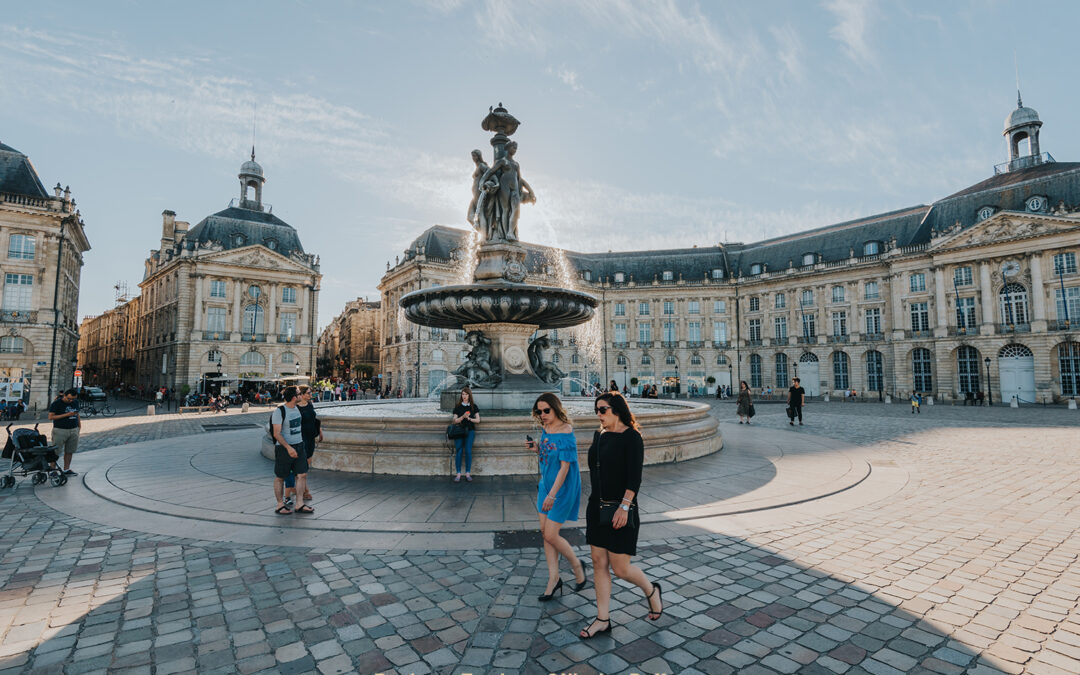by Mathias Maret
Who better to describe it than one of the greatest French writers, Victor Hugo who tells us: “This Place Royale which is quite simply half of Place Vendôme, located at the edge of the water”.
We are in the year 1730, the date of the start of work on a vast architectural ensemble emblematic of Bordeaux, which the inhabitants quickly called the “Place Royale” where there sat a statue of Louis XV, destroyed during the Revolution.
It was the fruit of the imagination of two men, father and son and architects of the king, Jacques Gabriel and Ange-Jacques Gabriel. Its construction ended in 1755, creating the first open square in Europe, intended to serve as a setting for the equestrian statue of the King of France.
It is the perfect representation of the classical French architectural art of the 18th century, which the historian of Art Pascal Piéra defines as follows: “original French creation born from the alliance of an ordered square and the statue of the sovereign, the royal place is most often a place enclosed in a group of houses or hotels, all identical, called “program”.
More than a square, it beautifully houses two symmetrical pavilions, the customs house designed by Jacques Gabriel, and showing Minerva, protector of the arts, and Mercury, promoting trade. And the Palais de la Bourse, created by his son, with paintings and tapestries from the Gobelins inside.
Finally in the center, a fountain, which has stood in the middle of the square since 1869, which of the “Three Graces”, made of marble and bronze, is the work of three artists, Alphonse Gumery, Amédée Jouandot and Ludovico Visconti. It represents the daughters of Zeus who bore the names of Thalia, Aglae and Euphrosyne.



